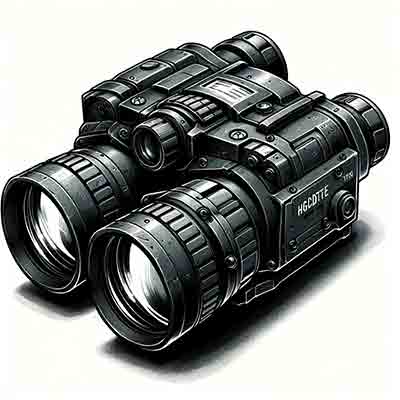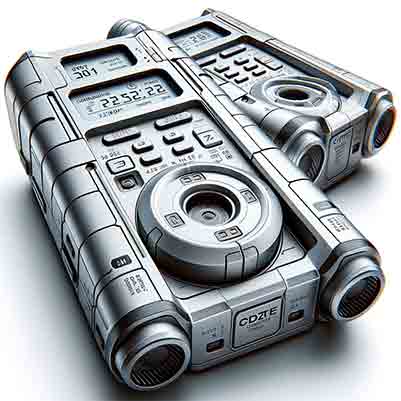One of my customer needs to ZnCdTe (CZT) wafers.
Can you provide wafers following specs;
CdZnTe (%4 Zn)
1"×1" and 1mm thick
Surface (211)B (one side epi-eady)
Carrier cons. > 1E17
Pit Density < 1E-5
And plus, do you provide HgCdTe epitaxial layers on CdZnTe wafers? If you provide, we will send you demanded structure. Our customer can also buy these epilayers.
Cadmium Zinc Telluride (CdZnTe) Substrates
HgCdTe Epitaxial Layers on CdZnTe Wafers
A researcher requested a quote for the following:
UniversityWafer, Inc Quoted:
1. CZT substrates Size : 25mm x 25mm
2. CZT structure : un-doped twin-free
3. Thickness : 1000 +/- 10 Micron
4. Zinc Distribution : 4%
5. "y" % wafer to wafer : <4% +/- 1%
6. "y" % within wafer : <4% +/- 0.5%
7. Ori : [211] +/- 0.25
8. DCRC FWHM : <= 20 arc.sec (no split in peaks)
9. IR transmission % (2-20)um : >60%
10. Precipitate size : Cd<10um
11. Etch pit density : <=1E5 cm-2
12. Surface, B-face : polished
13. Surface, A-face : polished (mirror finish)
14. Surface roughness : Ra<10nm
15. Resistivity (77K) : >E5 Ohm-cm
16. Face identification : A face
Get your Quote FAST! Or, Buy Online and Start Researching Today!
What is HgCdTe?
HgCdTe, or Mercury Cadmium Telluride, is a semiconductor material that is widely used in infrared  technology, particularly in the manufacture of infrared detectors, including thermal cameras, night vision systems, and infrared astronomy. The compound is formed by combining cadmium telluride (CdTe) and mercury telluride (HgTe) in varying proportions. This combination allows the bandgap of the material to be tailored to specific wavelengths of infrared light, making it very effective for sensors that need to detect different parts of the infrared spectrum.
technology, particularly in the manufacture of infrared detectors, including thermal cameras, night vision systems, and infrared astronomy. The compound is formed by combining cadmium telluride (CdTe) and mercury telluride (HgTe) in varying proportions. This combination allows the bandgap of the material to be tailored to specific wavelengths of infrared light, making it very effective for sensors that need to detect different parts of the infrared spectrum.
Substrates made from HgCdTe are critical in the production of infrared detectors. These substrates provide a foundation onto which thin layers of various semiconductor materials can be deposited to create the active regions of infrared photodetectors. The ability to engineer the bandgap of HgCdTe by adjusting the relative concentrations of mercury and cadmium allows devices to be precisely tuned to the infrared wavelength required for specific applications, from short-wave to very long-wave infrared regions.
Due to its highly sensitive nature to infrared radiation and its ability to be tuned across a wide range of infrared wavelengths, HgCdTe remains a material of choice for high-performance infrared detectors.
What are CdZnTe Substrates Used For?
CdZnTe, or Cadmium Zinc Telluride, is a semiconductor material that is commonly used in various radiation  detection applications, including X-ray and gamma-ray detectors. This material is also referred to as CZT.
detection applications, including X-ray and gamma-ray detectors. This material is also referred to as CZT.
CdZnTe is particularly valued for its ability to operate at room temperature, unlike other materials that require cooling to function effectively as radiation detectors. The compound is made by alloying cadmium telluride (CdTe) and zinc telluride (ZnTe), which allows for the tuning of the material's electronic properties, such as the bandgap. This tuning capability makes it adaptable for detecting different energies of radiation.
The key properties of CdZnTe include:
- High atomic number: This makes it highly effective at absorbing X-rays and gamma rays.
- Wide bandgap: This allows the detectors made from CdZnTe to operate at room temperature, which is a significant advantage in terms of both cost and ease of use.
- Good electron mobility and lifetime: These properties contribute to the high resolution of the detectors.
Due to these characteristics, CdZnTe is used in medical imaging, security scanning, industrial inspection, and astronomical observations, where high-resolution radiation detectors are essential.
